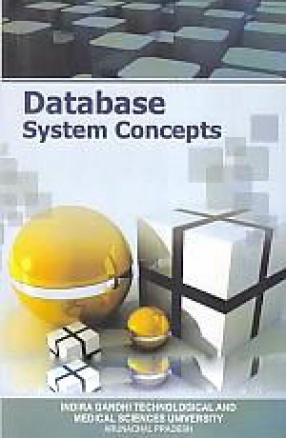Data Mining and Data Warehousing techniques are becoming indispensable parts of business intelligence programmes. Use these links to learn more about these emerging fields and keep on top of this trend. Data mining is the process of extracting patterns from data. Data mining is becoming an increasingly important tool to transform this data into information. It is commonly used in a wide range of profiling practices, such as marketing, surveillance, fraud detection and scientific discovery.
Data mining can be used to uncover patterns in data but is often carried out only on samples of data. The mining process will be ineffective if the samples are not a good representation of the larger body of data. Data mining cannot discover patterns that may be present in the larger body of data if those patterns are not present in the sample being "mined". Inability to find patterns may become a cause for some disputes between customers and service providers. Therefore data mining is not foolproof but may be useful if sufficiently representative data samples are collected. The discovery of a particular pattern in a particular set of data does not necessarity mean that a pattern is found elsewhere in the larger data from which that sample was drawn. An important part of the process is the verification and validation of patterns on other samples of data.
The related terms data dredging, data fishing and data snooping refer to the use of data mining techniques to sample sizes that are (or may be) too small for statistical inferences to be made about the validity of any patterns discovered. Data dredging may, however, be used to develop new hypotheses, which must then be validated with sufficiently large sample sets.
This Book will be of immense help to all those contemplating to acquire expert knowledge of Data mining and Data Warehousing.
ABOUT THE AUTHOR Avinash Chiranjeev
Dr. Avinash Chiranjeev, M.S., Ph.D is the Head of the IT Division at the WIBP/IIEE International Network headquartered at New Delhi. He has been associated with the most important programmes of WIBP and IIEE related to computer assisted Non Formal and continuing Education Programme, Environmental Education Information Systems and Management, natural resources Database network besides organization and implementation of scientific and innovative researchers for the optimization of the available data.
 Rupa Candrika
1 × $13.50
Rupa Candrika
1 × $13.50  Sports Management: Global and Indian Strategies
1 × $34.20
Sports Management: Global and Indian Strategies
1 × $34.20  CWNA: Certified Wireless Network Administrator Official Study Guide
1 × $55.80
CWNA: Certified Wireless Network Administrator Official Study Guide
1 × $55.80  The Herbal Encyclopaedia or Botanical, Medical, and Agricultural Dictionary: Containing an Account of All the Known Plants in the World Arranged According to the Linnean System (In 4 Volumes)
1 × $450.00
The Herbal Encyclopaedia or Botanical, Medical, and Agricultural Dictionary: Containing an Account of All the Known Plants in the World Arranged According to the Linnean System (In 4 Volumes)
1 × $450.00  Cashew: Production and Processing Technology: Recent Advances
1 × $150.30
Cashew: Production and Processing Technology: Recent Advances
1 × $150.30 
 Rupa Candrika
Rupa Candrika  Sports Management: Global and Indian Strategies
Sports Management: Global and Indian Strategies  CWNA: Certified Wireless Network Administrator Official Study Guide
CWNA: Certified Wireless Network Administrator Official Study Guide  The Herbal Encyclopaedia or Botanical, Medical, and Agricultural Dictionary: Containing an Account of All the Known Plants in the World Arranged According to the Linnean System (In 4 Volumes)
The Herbal Encyclopaedia or Botanical, Medical, and Agricultural Dictionary: Containing an Account of All the Known Plants in the World Arranged According to the Linnean System (In 4 Volumes)  Cashew: Production and Processing Technology: Recent Advances
Cashew: Production and Processing Technology: Recent Advances 






There are no reviews yet.